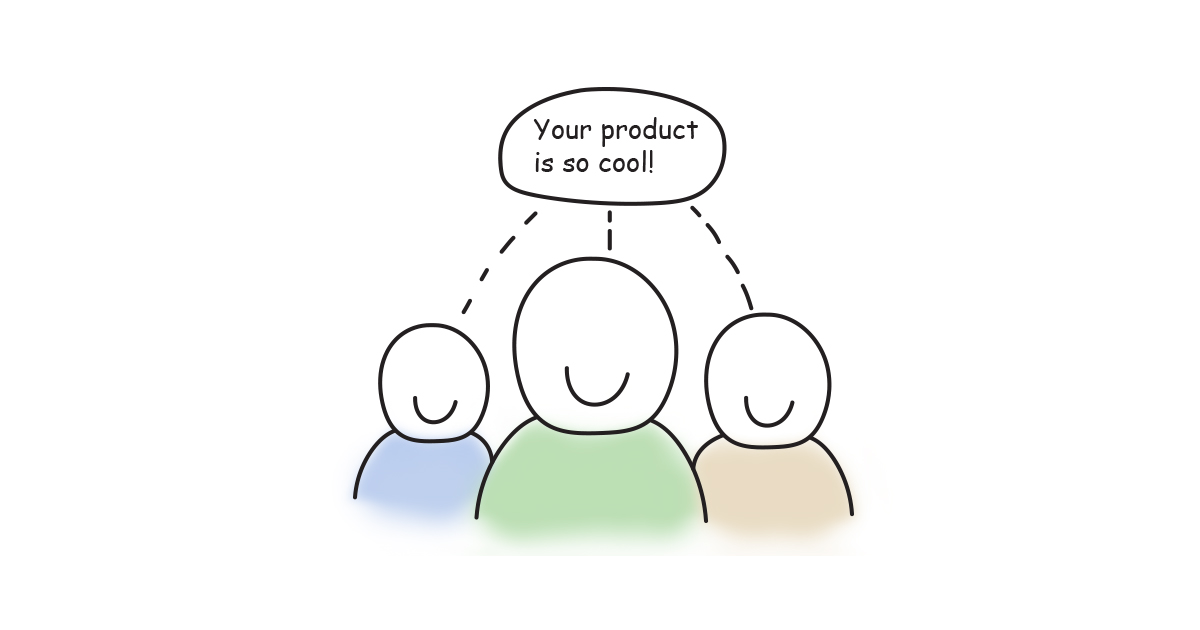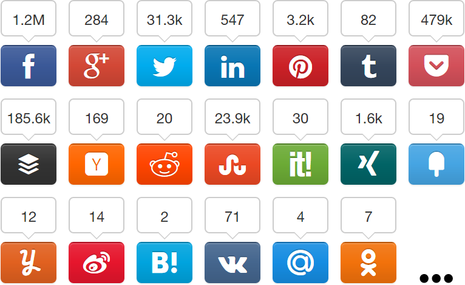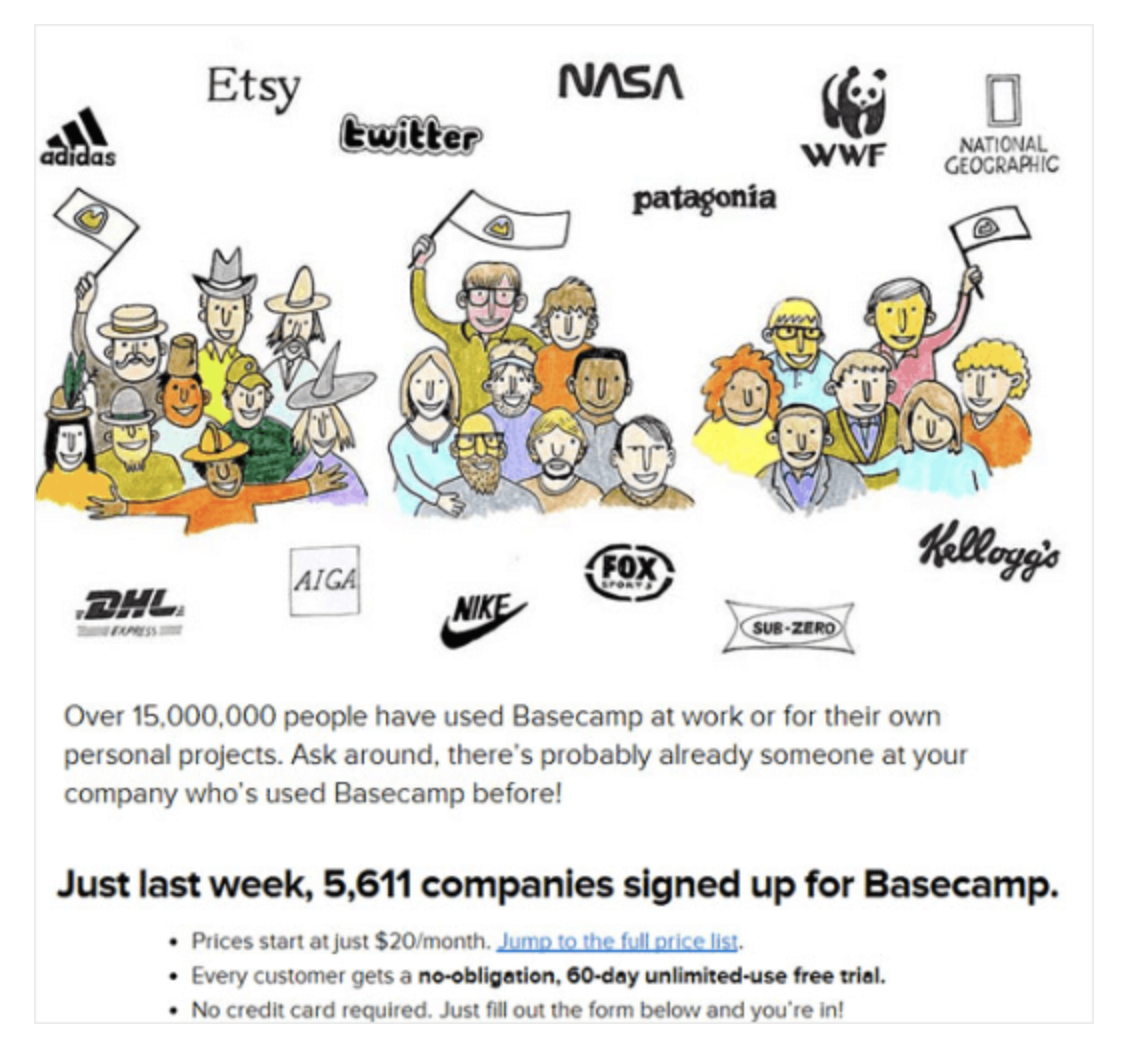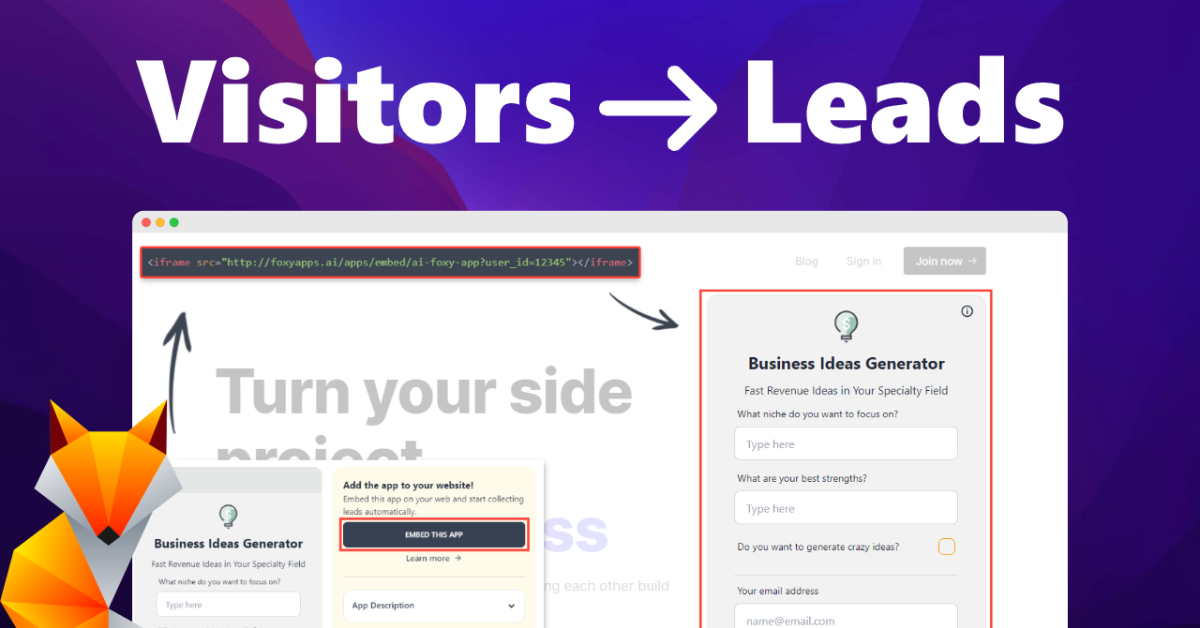
How to create effective social proof
The idea to write about social proof came to mind when I saw 30+ commentary videos in which people tried to suggest improvements to other people’s landing pages for products. After hours of watching these videos, I realized that every one of them suggested putting social proof on landing pages and other parts of a product. If the social proof was on a page, almost everyone said that was a great thing. Based on these observations it seems like an important thing for products, right?
I started to be curious. Why is everyone speaking about social proof? Is it really working?
And if I use social proof, how can I make it as effective as possible? I started to dig into the topic and I decided to write about some best practices which you can apply in any type of social proof you choose. A big plus is that you don’t need to do hours of research as I did.
But first, what is social proof?
Psychologist Robert Cialdini first coined the term in the book Influence. “Social proof is considered prominent in ambiguous social situations where people are unable to determine the appropriate mode of behavior, and is driven by the assumption that the surrounding people possess more knowledge about the current situation.” [1]
In other words, as it is stated on the blog Psychology today; “to learn what is correct, we look at what other people are doing. (…) Social proof is a shortcut to decide how to act.” [2]
We can divide the social proof into two types: qualitative & quantitative
Quantitative social proof
Quantitative social proof Is more often connected to the hard data of many customers.
Examples of quantitative social proofs.
Showing numbers of:
-
subscriber/user/customer count
-
social share count

You can be more concrete by focussing on questions like:
-
How many minutes has your product saved so far for your customers?
-
How much money did people earn/save with your product so far?
-
How often is your tool used by others?

-
How many people were registered last week/month? Example from Basecamp:

-
etc
-
Qualitative social proof
Qualitative social proof is connected to a concrete person or company. It reflects thoughts, philosophies, or opinions.
Examples of qualitative social proofs:
- Reviews/Rates of your products.
- Testimonials from your customers or users.
- Online discussions about your products.
- Certifications from a 3rd party.
- Logos for clients’ companies.
- Product comparisons reviews (your product vs. your competitor’s).
- Social network shares/mentions, other blog posts, PR articles.
- etc
Since we know about what social proof is and we know different types, let’s focus on why it is useful.
Does social proof work?
Let’s see some facts:
- As a York Times article claims: “Fully 82% of U.S. adults say they at least sometimes read online customer ratings or reviews before purchasing items for the first time, including 40% who say they always or almost always do so.” [3]
- Neil Patel, a guru of online marketing, stated in his blog that: “92% of people read an online review before buying. 88% of those people trust peer reviews more than brand-sponsored messages.” [4]
- Social proof can create a Bandwagon effect. This basically means that people do things because other people are doing them. An example can be choosing a restaurant to go to; Would you rather go to the restaurant in which there are people (ideally similar to you) or to the restaurant where there is no one? [5]
- As psychologist Cialdini stated; “Consumers often use a simple heuristic: Popular is good. Following the crowd allows us to function in a complicated environment.” [6]
How to make effective social proof?
Because quantitative social proof is quite straightforward, it is enough to show the number I mentioned before. Qualitative social proof is trickier to create.
To better explain how to create effective social proof, I picked a short example of a testimonial.

By creating testimonials we increase trust in our product. If people trust us, they convert to our customers more easily. [7]
Let’s dive into every element separately:
-
The Author
Before choosing the person who will write a testimonial for you, think about your customer’s tribe. Who do they follow? Is there any authority who can provide some recommendations for you? The authority doesn’t have to be a person, it can be a company, site, or even a well-known blog. Try to form a relationship with them. Give them the product for free for a few months and get the feedback. You can provide extra support. If they are hooked, you are good to go with a testimonial.
If there is nobody to turn to, just simply take someone who was in love with your product and make them ambassadors of it.
I had a few opportunities to ask for testimonials for my product, Bannerium, or even my portfolio. There are plenty of customers who are willing to write some words to help with your business. Especially at the beginning. The problem is that these people are busy. They are even not writers and they simply don’t have time for extra work. To write you a testimonial is an extra task that will be labeled as “a nice to have item” for them. So in terms of priorities, your request will have low priority.
The truth is that some people don’t know how to structure a testimonial and it can sound like a huge task for them. We humans like neither ambiguity nor ambiguous tasks [8].
Few tips which helped me get testimonials:
💡 Be concrete
You can ask questions via email to your customer. They will naturally answer them and voila, you have a testimonial. More about concrete questions in the next part.
💡 Lower the cognitive load
You can even pre-write some text and the customer will just approve it or change a few things if they want to. But at least they will have some influence or approval. You can add some examples of testimonials to lower the ambiguity. This is a great thing for the busiest people who don’t like to spend time playing with the right words.
💡 Be generous to your ambassadors
Customers will have their name and their face on your page promoting your business. They put their skin in the game too. How can you give them something back for their courage? Even backlink, premium support, some visits from your site can be better than nothing. In reality, these people help you build a business, be generous.
-
Testimonial
Sometimes a testimonial can be vague like: “the product X is great”. But in reality, this kind of statement doesn’t have any value. The reasons why product X could be great are too many and this might create ambiguity - e.g. it can be great because of its ease of use, in terms of price, profitability, saving time, etc. How is the product great for the person? What did it bring?
Some useful tips:
💡 Highlight your strengths
You can use testimonials to highlight some benefits of your product. Don’t miss this opportunity. Do you lose your sales because a competitor has some additional functions? Find the customer who came from the competitor and ask them to highlight the advantages of your product in comparison to competitors.
💡 Make the testimonial more tangible
Ask your customers a few questions. This makes writing a testimonial a more natural task as it can be. You can even use lead questions that will influence the customer. You are not doing a user interview now, so in this case, it is safe. The important thing is to understand why people buy your product. For example, with Bannerium, I knew that graphic designers hate to copy and paste ad banners. Marketers wanted to test more banner sets (colors, texts, …) to make their ads more effective.
Possible examples of the questions to customers:
- How did Bannerium help you test your banner ads?
- Can you test more banner ads with Bannerium than you could before?
- How much time did Bannerium save you per week/month?
The more concrete the number you get from your customer the better that is for you.
💡 A testimonial is a story
If you aim for longer testimonials/case studies, treat them like a story. Stories can more easily persuade people. [9] Ideally you should have a story with some emotion because then it is easier to remember. [10] In the beginning, it should start with the problem the customer had so that other potential customers can see themselves in that testimonial. Then of course it should show how your product solved that problem with ease.
3. Background of the customer
We give greater accuracy to the opinion of an authority figure. It’s called Authority bias. [11] It simply means that CEOs, Founders, well-known figures, or other influencers can more easily persuade other people. And you want to persuade newcomers that your product is just as great as you describe.
Summary
- Social proof is an effective tool to persuade your visitors to become customers.
- When it is done right, your customers will be your ambassadors and you can create a Bandwagon effect - people will follow other people in ambiguous situations.
- Trust is the key to a good testimonial. Don’t fake them. Put the link to the author to increase their trustworthiness. Think of the persons who will match your customer base.
- Praise people who write for your case study or testimonial. They are helping you to build a business. Be generous.
Remember, there is a big difference between no social proof to some social proof. It is the same as an empty restaurant vis-a-vis a restaurant with people.
If you like the content I write, feel free to sign in to my newsletter so you don’t miss any useful advice about building products.
Do you want to add anything to this article? Let me know at samuel.briskar@gmail.com.
Sources:
[1] Wikipedia: Social proof. Link: https://en.wikipedia.org/wiki/Social_proof.
[2] Psychology Today: The science behind why people follow the crowd. Link: https://www.psychologytoday.com/intl/blog/after-service/201705/the-science-behind-why-people-follow-the-crowd
[3] New York Times: Trust Negative product Reviews. Link: https://www.nytimes.com/2018/06/13/smarter-living/trust-negative-product-reviews.html
[4] Neil Patel: Landing Page. Link: https://neilpatel.com/blog/landing-page/
[5] Investopedia: Bandwagon effect. Link: https://www.investopedia.com/terms/b/bandwagon-effect.asp
[6] Psychology Today: The science behind why people follow the crowd. Link:https://www.psychologytoday.com/intl/blog/after-service/201705/the-science-behind-why-people-follow-the-crowd
[7] Psychology Today: Why people buy. Link: https://www.psychologytoday.com/us/blog/the-intelligent-divorce/201602/why-people-buy
[8] Scientific American: Ambiguities andamp perception. Link: https://www.scientificamerican.com/article/ambiguities-andamp-perception/
[9] Spring: Why stories sell transportation leads to persuasion. Link: https://www.spring.org.uk/2012/01/why-stories-sell-transportation-leads-to-persuasion.php
[10] NCBI: Remembering the Details: Effects of Emotions. Link: https://www.ncbi.nlm.nih.gov/pmc/articles/PMC2676782/
[11] Effectiviology: Authority bias the Milgram Obedience experiment. Link: https://effectiviology.com/authority-bias-the-milgram-obedience-experiment/
